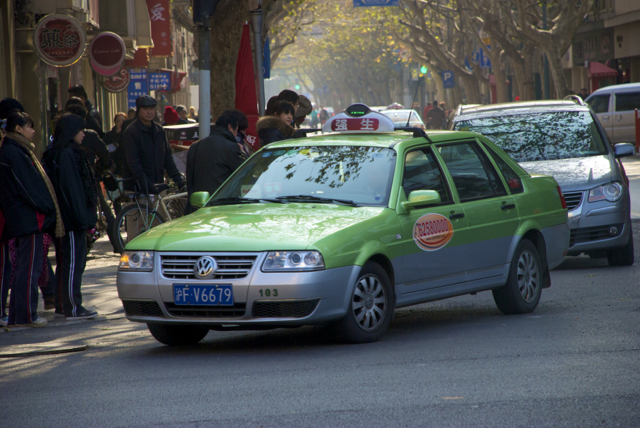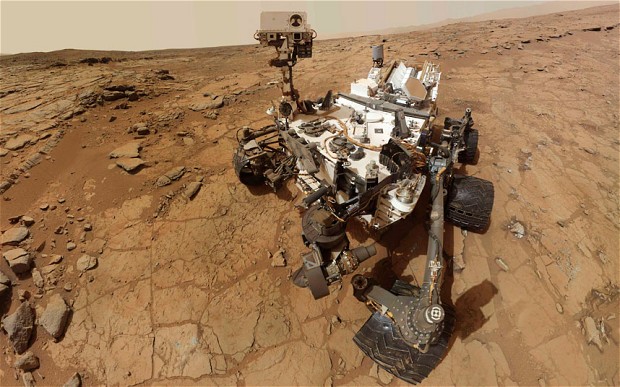 Mars Curiosity Rover (Photo:NASA)
Mars Curiosity Rover (Photo:NASA)
by David Parmer/Tokyo
In the latter part of this century, the most common life form on Mars will probably be humans from Asia-Pacific. These would be Chinese, Indians or Americans.
India now has a Mars Orbiter Mission (MOM), Mangalyaan, headed for Mars and scheduled to enter Mars orbit September 24, 2014. The Indian MOM is to be preceded by a NASA vehicle, Maven, that will enter orbit September 21, 2014. Mangalyaan was launched by the Indian Space Research Organisation in November 2013 on a shoestring budget of $75,000,000, attesting to Indian ingenuity and ability to “make do.”
Media reports see India’s space programs as space race with China similar to the U.S. vs. Russia space race of the 1960s. Evidence suggests that China is not interested in “racing” into space, but is taking a slow and steady approach, with the emphasis on “steady.” In an National Public Radio (NPR) broadcast in 2013, the director of the Chinese National Space Science Center, Wu Ji said that China, when it sends its Mars mission, will not duplicate the science that the U.S. and India do, but will rather set new scientific goals. The Chinese, buoyed by the success of the Chang’e 3 spacecraft and its rover Yutu on their lunar mission are now looking toward a 2020 Mars mission with a 2030 planetary samples mission. China’s first Mars mission, the Yinghuo -1 launched on November 9,2011 was a failure. However, failed Mars missions abound as the challenges are immense. So the failure of China’s first attempt was not unusual. What seems clear, however, is China’s long-terms national commitment to space exploration.
NASA has been in the vanguard of Mars exploration with a history of fly-by, orbiter and lander and robot programs. The Curiosity rover, which landed in 2012 has been a stunning success performing flawlessly and doing good scientific research, including finding what appears to be evidence of ancient streams. Evidence of water points to ancient life. All very exciting. NASA, like China, has its sights set on 2020 for its next rover mission. The 2020 mission, already well into the planning stages) will look for potential life on Mars, gather knowledge about the planet and demonstrate techniques for further exploration.
 日本語
日本語 English
English 中国語
中国語 (Photo: China Daily)
(Photo: China Daily) LCC Scoot Air Boeing 777-212 ER (Wikimedia)
LCC Scoot Air Boeing 777-212 ER (Wikimedia)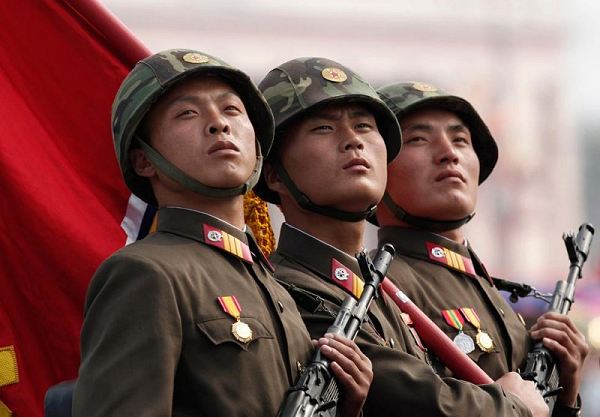 (Photo: Army Recognition.com)
(Photo: Army Recognition.com) Mekong Floating Market Viet Nam (Wikimedia)
Mekong Floating Market Viet Nam (Wikimedia)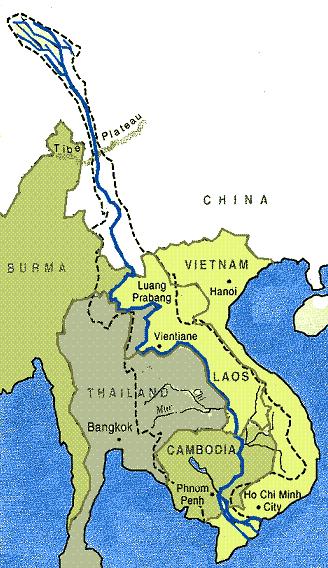
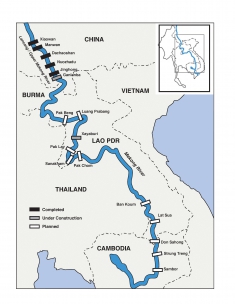 Dams (Proposed and Existing) on the Lower Mekong
Dams (Proposed and Existing) on the Lower Mekong  (Photo: China Daily Mail)
(Photo: China Daily Mail)
 (Chinese Infantry Photo: U.S. Gov. Def. Wikimedia)
(Chinese Infantry Photo: U.S. Gov. Def. Wikimedia)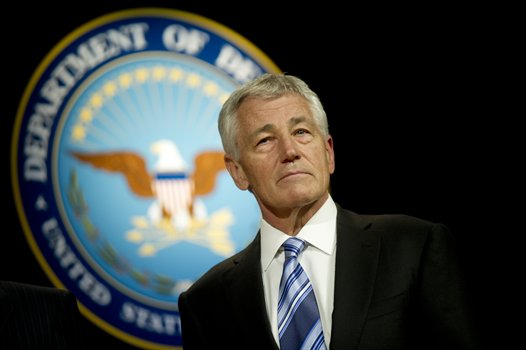 (Photo: Dep. of Defense)
(Photo: Dep. of Defense)